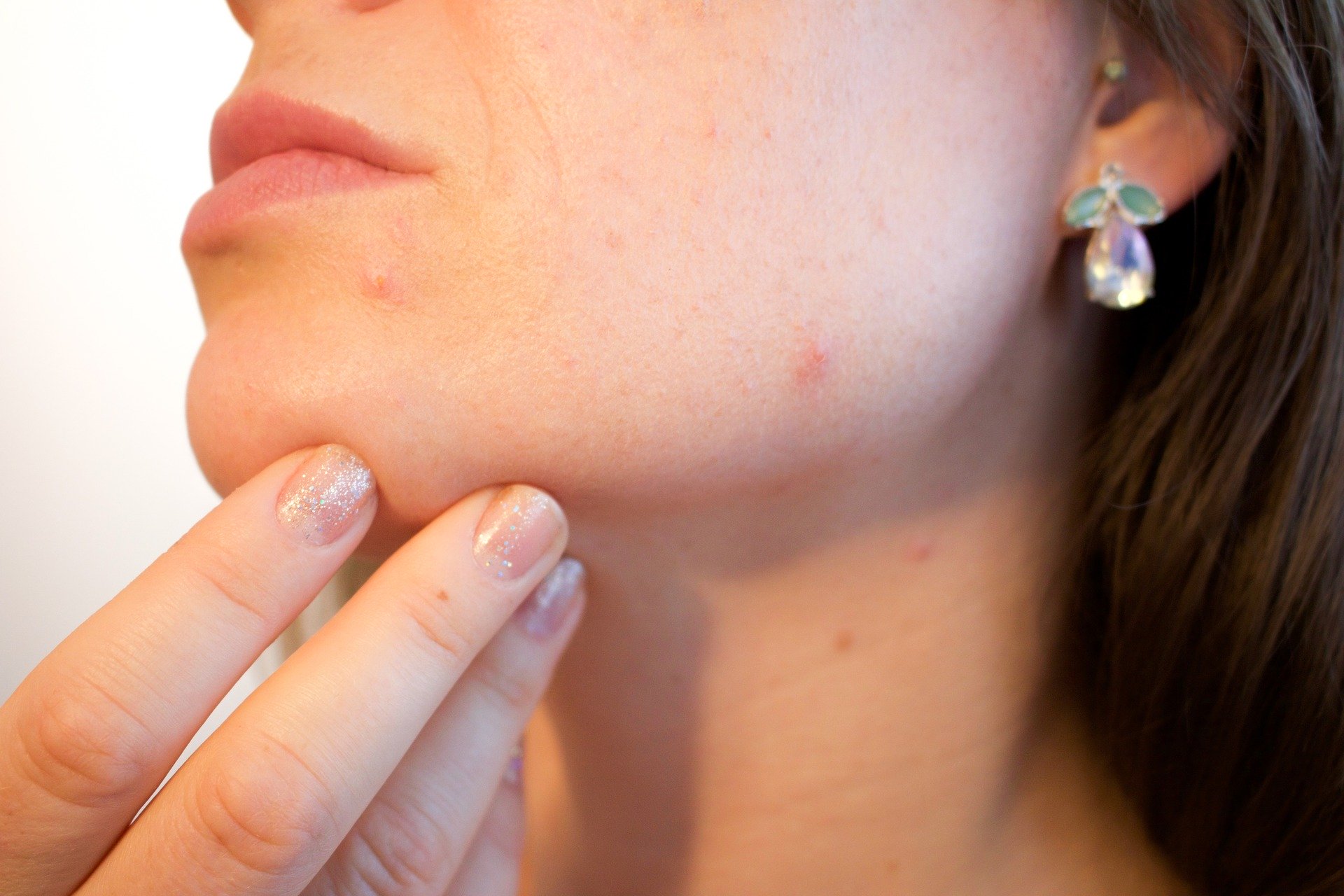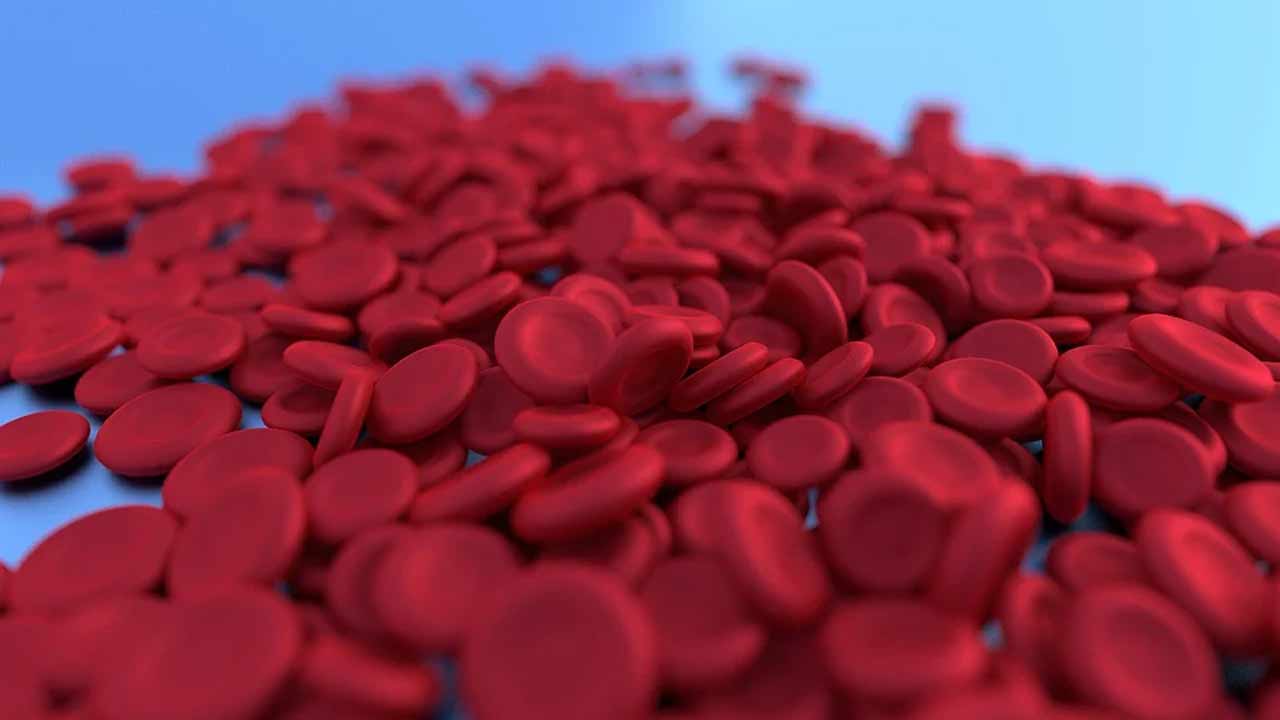Very common young people, acne is a skin disease which causes blackheads or pimples. Although anybody can develop acne, but it primarily affects teenagers who are undergoing hormonal changes.
Medically, acne termed as acne vulgaris. It is a common form of skin disease that involves the oil glands at the base of hair follicles. Acne is an infection of the skin. It commonly occurs during puberty when the sebaceous (oil) glands come to life.
Acne may be mild with few, occasional pimples, moderate with inflammatory papules, or maybe severe with nodules and cysts. Treatment depends on the type of condition of the disease.
Human skin has pores (tiny holes) which connect to oil glands located under the skin. The glands are connected to the pores via follicles which are small canals. These glands produce Sebum an oily liquid that carries dead skin cells through the follicles to
the surface of the skin.
A small hair grows through the follicle out of the skin. Pimples grow when these follicles get blocked, resulting in an accumulation of oil under the skin.
The skin consists of tiny holes called pores that can become blocked by oil, filth, and bacteria which paves the way to develop a pimple or “zit.” Under the blocked pore, oil builds up.
Skin bacteria then grows very quickly. This infection makes the skin become swollen and red, which becomes visible. And if the skin is repeatedly affected by such state, acne may appear.
The common places acne usually occurs are the face, neck, chest, back, and upper arms. Acne that appears on the face chronically may cause permanent scarring.
Acne-symptoms
- Acne can be found anywhere on your body. Commonly, it develops on the face, back, neck, chest, and shoulders. If you have acne, you will typically notice pimples that are white or black in appearance.
- Both blackheads and whiteheads are known as comedowns. Blackheads open at the surface of the skin giving them a black appearance. Whiteheads are closed just under the surface of the skin, giving them a white appearance.
- While whiteheads and blackheads are the most common types of acne, other lesions can occur. Inflammatory lesions namely papules, pustules, nodules, and cysts are more likely to create scarring of the skin.
- Acne is a skin disease wherein the oil glands at the base of the hair follicle are involved. Experts believe the primary cause of development of acne is, an increase in androgen hormone levels, and also genetic is the presumed ground.
- Acne can affect people irrespective of all races and ages yet it is not dangerous, but may leave scars on the skin if it formed as a cyst. Acne can be affected by the anxiety and stress, hot and humid climates, menstrual cycle, makeup with oils, greasy hair, and squeezing of a pimple.
- Acne affects the skin with numerous oil glands on the face, the upper part of the chest, and back, and their increased severity is associated with high levels of stress.
YOU MAY LIKE TO READ: Milk Chocolate, Dairy And Fatty Foods Tied To Acne In Adults
Treatment of Acne
Treatment should start as early as possible to minimize the risks of scarring or adverse psychological effects. It should be aimed at reducing non-inflammatory lesions that may be
precursors to inflammatory lesions, improving existing inflammation and lowering the P acne population.
Treatment must be tailored to the individual patient depending on the type of acne, its severity, the patient’s ability to use the treatment, and their psychological state. It is very important to make it clear to the patient right rom the very beginning that the treatment of acne is a long term affair.
Advice on the use of cosmetics, moisturizers, sunscreens, and hair gels may be appropriate, as some formulations are greasy and could exacerbate existing acne or even cause acne-type lesions.
YOU MAY LIKE TO READ: COVID-19: Face Masks Can Cause Pressure Ulcers! Follow These Tips To Protect Your Skin
Risk factors for Acne
- Hormonal changes caused by puberty or pregnancy.
- Certain medications such as birth control pills or corticosteroids.
- A diet containing huge refined sugars or carbohydrates like bread and chips.
- Young people are most at risk for developing acne during puberty. During this time, the body undergoes drastic hormonal changes. These hormones can trigger oil production, leading to an increased risk of acne.
Acne is fundamentally a normal physiological occurrence, however, the following conditions may make this common skin problem worse:
- The fluctuation of hormone levels of women at the time of menstruation.
- Disturbing the acne lesions by picking or prodding or hardly pressing them.
- Covering forehead and face with clothing, hats and sporting helmets for a long duration.
- Excessive washing to get rid of dirt from acne.











